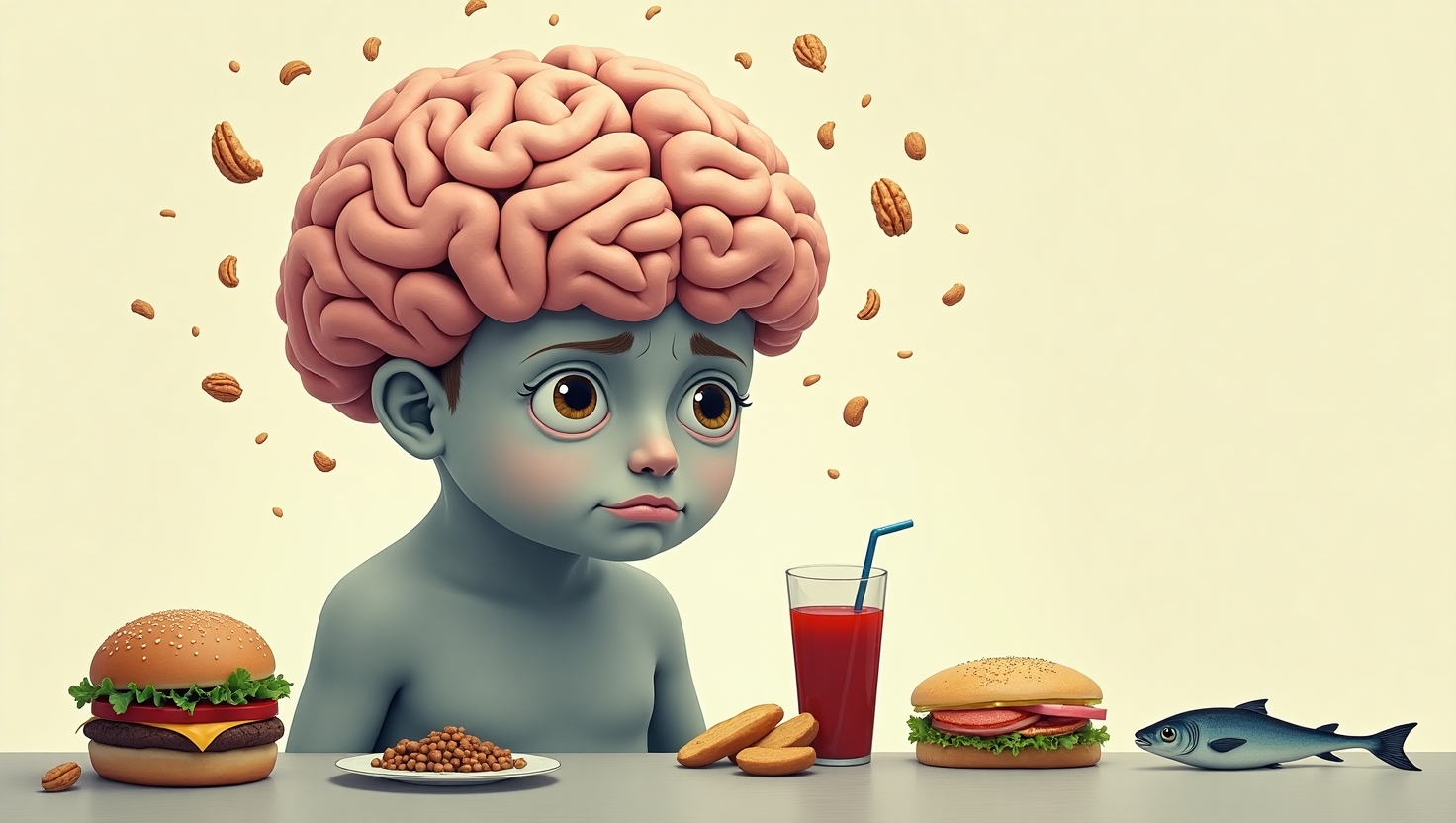Introduction: The Digital Pacifier
Walk into any restaurant, park, or even your own living room, and you’ll witness a new normal: toddlers glued to tablets, kids scrolling through smartphones, and teens absorbing endless TikTok content. It might seem harmless or even convenient — a way to keep them quiet, entertained, and out of trouble. But here’s the terrifying truth: that glowing screen may be shrinking your child’s brain, stunting their development, and reshaping their emotional world in ways science is only beginning to understand.
The Developing Brain vs. Screen Overload
A child’s brain grows faster in the first few years of life than at any other time. Neurons are forming new connections at lightning speed. This process needs real-world stimulation — sights, smells, textures, conversations, and human interaction. When a child is passively consuming content on a screen, this critical developmental window is being hijacked.
Studies from institutions like the National Institutes of Health show that children who spend more than two hours a day on screens score lower on language and thinking tests. MRI scans even reveal thinning of the brain’s cortex — the part responsible for critical thinking and reasoning.
Attention Span Meltdown
Screens are fast, flashy, and dopamine-driven. Children’s shows are edited to be hyper-stimulating. YouTube videos encourage swiping to the next one every 10 seconds. This rewires the brain to crave constant stimulation, crushing their ability to focus, reflect, or be bored — which is essential for imagination and problem-solving.
Real-world consequence: Classrooms become unbearable. Books become boring. Conversations feel too slow. Kids begin to tune out anything that doesn’t deliver instant gratification.
Emotional Regulation and Screen Dependency
When kids use screens to calm down or feel better, they’re outsourcing emotional regulation. This trains the brain to seek external stimuli instead of developing self-soothing tools.
Research shows a correlation between increased screen time and higher rates of anxiety, depression, and mood swings in children. Their emotional toolkit becomes underdeveloped. They struggle to cope with real-world emotions and conflicts.
Table: Screen Time vs Emotional Skills
| Daily Screen Time | Likely Emotional Outcome |
|---|---|
| < 1 hour/day | Better empathy, self-regulation |
| 1-2 hours/day | Mild irritability, occasional mood shifts |
| 3+ hours/day | Increased anxiety, tantrums, emotional numbness |
Language Delays & Social Isolation
Face-to-face interaction builds vocabulary, empathy, and social intelligence. Screens, even educational ones, can’t replicate the richness of real-world conversations.
A growing number of speech therapists report that toddlers are arriving with speech delays, not because of developmental issues, but because they’re not being talked to — they’re being talked at by cartoons and apps.
Parental Guilt Is Not Enough — Action Is Needed
Every parent feels the tug of guilt. But guilt without change is useless. The first step is awareness, and the next is intervention. You don’t have to eliminate screens, but you must lead with intentionality.
Strategies to Protect Your Child’s Brain:
- Create screen-free zones like dinner tables and bedrooms
- Model screen restraint as an adult
- Replace screen time with real play — puzzles, drawing, physical games
- Use content together, not as a babysitter
- Limit exposure under age 5 to under 1 hour per day (per WHO guidelines)
The Myth of Educational Apps
Not all screen time is equal, but not all “educational” content is helpful either. Just because an app says it’s building vocabulary or math skills doesn’t mean it’s supporting healthy brain development.
Passive learning = passive brain. Unless the activity involves real interaction, conversation, and sensory engagement, it’s just another digital sedative.
Shrinking Brain, Shrinking Spirit
What’s at stake isn’t just cognitive ability — it’s creativity, wonder, emotional resilience, and the full range of human development. Kids are growing up in a world of overstimulation but emotional undernourishment.
Their brains may be adapting to the digital world, but not in ways that serve their well-being. In many cases, they’re sacrificing depth for dopamine.
What the Future Holds if We Don’t Act
If the current trends continue:
- More children will enter adolescence unable to regulate their emotions
- Depression, anxiety, and attention disorders will rise
- Creativity and imagination will atrophy
- Future generations may become less empathetic, more reactive, and more disconnected from their inner lives
We are raising kids whose default state is distraction. And that’s terrifying.
Conclusion: Reclaiming the Childhood Brain
It’s not about banning screens entirely. It’s about balance, presence, and recognizing the enormous power we hand over when we give a child a screen without boundaries. Their brain is a garden — it needs sunlight, attention, real experiences, and time. Not constant swipes, autoplay, and empty dopamine loops.
Your child’s brain is still growing. What will you feed it today?
“According to the American Academy of Pediatrics, excessive screen time can disrupt brain development and sleep cycles in children.”
________________________________________________________________________________________

